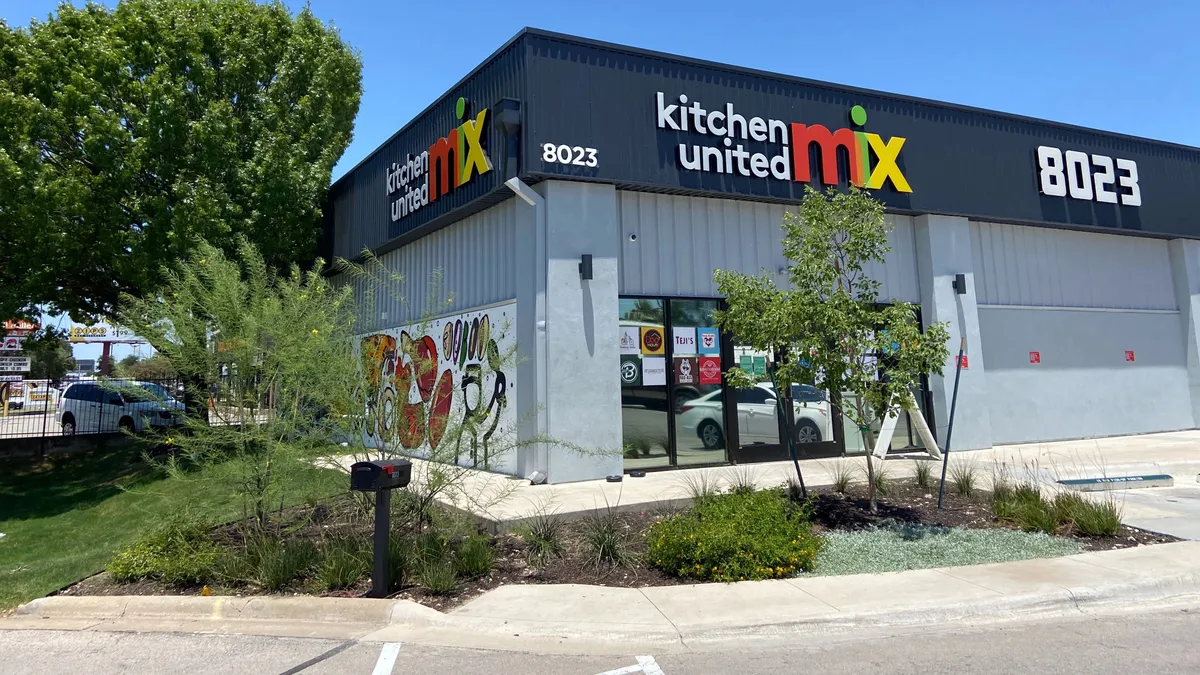Dive Brief:
- Kitchen United expects to grow its total kitchen centers from four currently to 20 by the end of the year, representing 500% growth in total units, Michael Montagano, Kitchen United CEO, said during an ICR presentation on Wednesday.
- The ghost kitchen provider will double down on high-value markets it is already in like Chicago, Texas and Los Angeles, while expanding into new markets with openings planned in the Bay Area this year and New York City during Q2 2021, Montagano said.
- The expansion into areas like New York is supported by existing members that wanted to continue growing on the platform, Montagano said. The company reported significant volume growth of nearly 700% in 2020 compared to 2019, with its restaurant brands growing same-store sales by 400%, Montagano said.
Dive Insight:
While its restaurant partners saw significant growth, Kitchen United also reported overall revenue growth of 200% and same-store growth of 100% year-over-year, Montagano said. The company's existing kitchen centers are all full, he said, which reflects the tremendous demand that ghost kitchen providers have experienced during the pandemic as restaurants faced dining room closures.
Its restaurant partners have benefited from lower labor costs, which typically take up 30% of revenue. In a Kitchen United location, labor costs are down to about 15% to 20% of revenue, Montagano said. Brands also get up and running within 30 to 90 days compared to 12 to 18 months elsewhere, he said.
The company focuses on building its centers in accessible areas, especially with its Mix channels, which allow customers to order items from any of the restaurant brands in a single order and have one fixed delivery cost. A majority of its Mix channel has seen more consumer pickups, Montagano said. Kitchen United has also been collaborating with delivery providers to create more efficient ways of delivery. Its strategy is to follow a first-in-first-out model and to make sure these centers are centrally located for drivers to allow for more pickups and drop-offs per hour, Montagano said.
"Hopefully with these centralized distribution hubs, we see transaction fees to restaurants go down and transaction fees to the underlying consumer go down to allow everyone to thrive more in this underlying environment," Montagano said. "We see that happening through our channel."
The company's kitchen centers tend to be anchored by large, national brands, fast-growing regional chains and local concepts from experienced operators, Montagano said. Kitchen United's theory has been that if you offer consumers more choice, they will end up ordering more, which is what the company has experienced, he said. Brands like Dog Haus have also created additional delivery-only brands that increase the number of choices available to consumers.
Kitchen United is also diversifying with the addition of a logistics channel that could be used by retail and commercial providers. Montagano said the company expects to roll out some strategic partnerships in the coming weeks.












